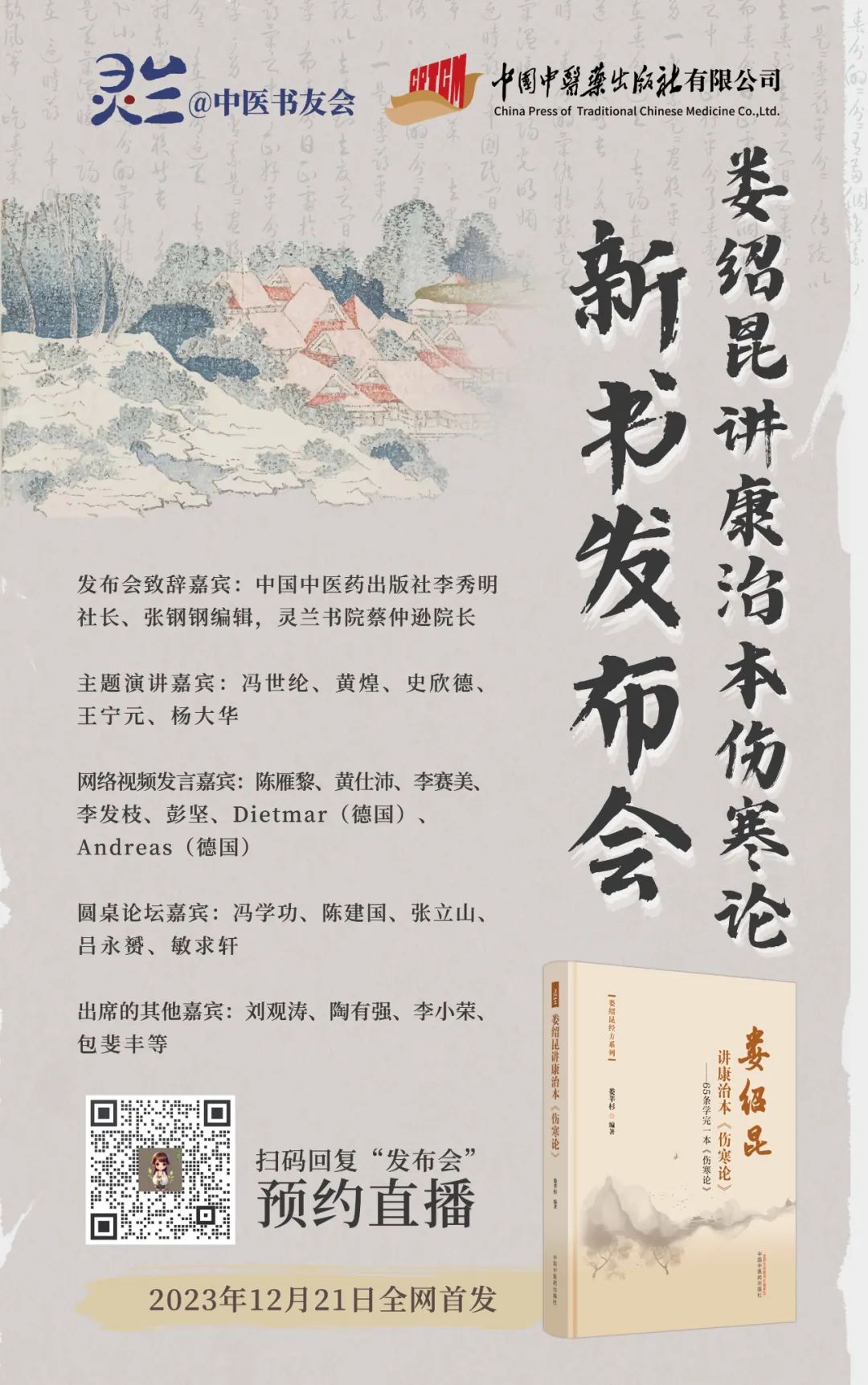 TCM Book ClubIssue 3722Daily updates to support the growth of TCM practitioners
TCM Book ClubIssue 3722Daily updates to support the growth of TCM practitioners
IIntroduction: In pediatric cases, observation is particularly important. Not only the tongue, facial color, lip color, nose, eyes, ears, hair, abdomen, and kidney area may provide significant clinical insights. Are you paying attention to these areas in your practice? Let’s learn together.
—This article is approximately800words, expected reading time2minutes—

Author/Cheng Kangpu
Biography:Cheng Kangpu, courtesy name Deheng, from Gaoming City, Guangdong Province (now part of Gaohe County). The exact dates of birth and death are unknown. He lived during the Daoguang to Guangxu periods (1821-1908), with six generations of medical practitioners in his family. Following family traditions, he began practicing medicine at a young age, accumulating rich experience over fifty years. In his later years, he compiled his ancestral knowledge and clinical experiences into the book “Essentials of Pediatric Medicine,” which has been widely circulated in Guangdong. The main content has been selected for this book (“Selected Cases and Discussions from Modern Guangzhou TCM Practitioners”).
First, observe the lip color. Deep red and bright indicates wind-heat, red and dark indicates excess heat, pale white indicates spleen and stomach deficiency-cold, pale yellow indicates deficiency-dampness, yellow and dark indicates damp-heat, ashen white like decayed bone indicates spleen exhaustion.
Next, observe the nose. Clear nasal discharge indicates wind-heat in the lungs, while no discharge indicates wind-heat obstructing the lungs. If the nostrils are flared, with sound on exhalation but not on inhalation, it indicates lung exhaustion.
Then, observe the eyes. Clear tears indicate wind-deficiency, yellow sticky tears indicate wind-heat-dampness, direct or upward gaze indicates liver wind causing convulsions, blue sclera indicates liver wind, dark and dull eyes indicate kidney deficiency, yellow sclera indicates damp-heat, red sclera indicates liver fire, and fixed gaze like a fish eye indicates severe liver wind.
Next, observe the tongue. White coating indicates wind, yellow coating that is not dry indicates damp-heat, dry yellow coating indicates heat, and dry black coating indicates severe heat. A red tongue body indicates heart fire, a tongue that is not red and has no coating indicates deficiency, pale tongue with excessive saliva indicates cold-dampness in the stomach.
Next, observe the ear area. Horizontal lines that are straight and not curved should be monitored for potential rashes or pox. Sudden appearance of chaotic lines is ominous, three lines are moderate, two lines are less severe, and one line is mild. Wind-heat patterns may also show lines.
Next, observe the hair. If normal, the hair should be flesh-colored and blue, indicating a robust child. If sparse and yellow, the child is likely weak or may have night sweats. Hair that is tufted or uneven indicates “accumulation” disease. If the hair stands upright or points skyward, it indicates that the wet nurse is pregnant, and the child is receiving non-nutritive milk, suggesting immediate weaning.
Next, observe the abdomen. Smooth and thick indicates a robust child, not smooth and thin indicates moderate health, thin with visible veins indicates further weakness. If the abdomen is thin and distended like a drum, with a tapping sound upon percussion, it indicates qi stagnation with accumulation.
Finally, observe the kidney area. Tight and wrinkled indicates a robust child, while soft, loose, and sagging indicates weakness and potential illness. If shiny, semi-transparent, and bulging, it indicates weak qi with bladder dampness and water retention, requiring treatment to strengthen the earth and promote water metabolism.
—Copyright Statement—• This article is excerpted from “Selected Cases and Discussions from Modern Guangzhou TCM Practitioners” (1976) | Compiled by/Guangdong Provincial Health and Medicine Research Institute TCM Research Department | Author/Cheng Kangpu• Edited by/Wang Qinli | Reviewed and recommended by/Ju Ye | Typeset by/Yi Yi |Proofread by/Lingzhi | Second proofread by/Zhao Jiaqiang.• Copyright belongs to the rights holder. For educational exchange only, please do not self-medicate.


